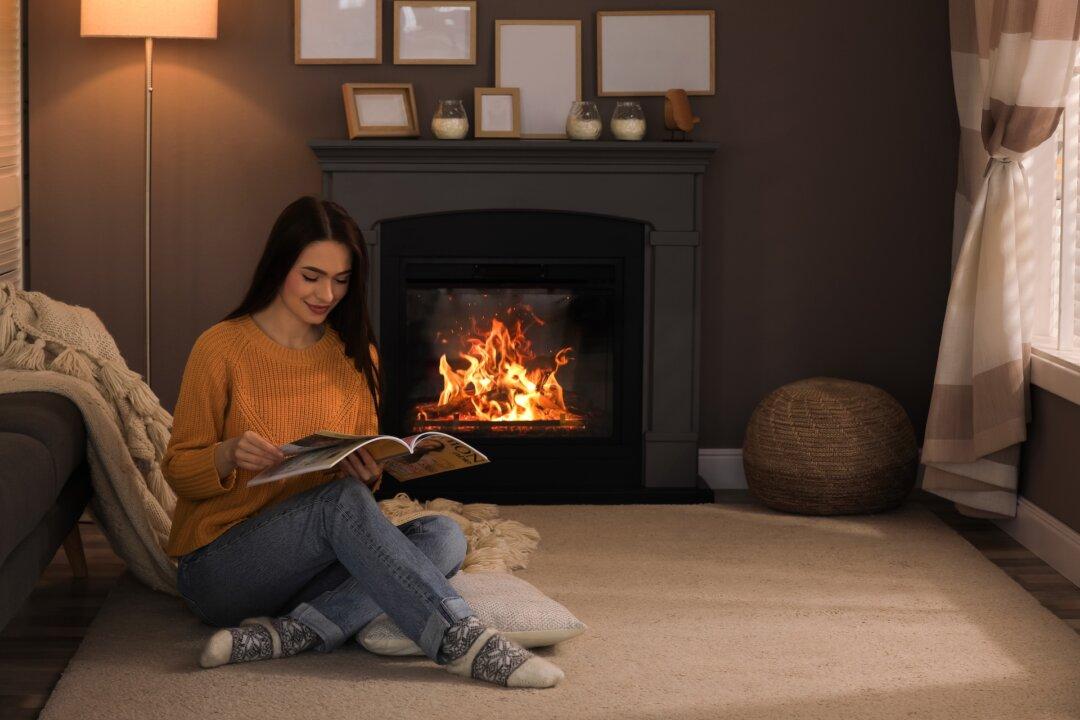Good-quality hinges can be expensive, so first try cleaning and lubricating them. Most large hinges, particularly ones on interior room doors, have removable pins. Pull the pin out, and polish it with fine steel wool. Put some automobile axle grease on it, and push it back in the hinge. For smaller cabinet hinges, give them a shot of penetrating lubricant such as WD-40.
If you still need some new hinges, head to your home center store. You will find a huge selection of hinges, especially decorative ones for cabinets. When remodeling a kitchen or bathroom, new decorative hinges can be attractive accents for a reasonable cost.

For your doors, standard loose-pin butt hinges are used most often. The hinges look symmetrical, but there actually is an up end and a down end. Make an inventory list of the door hinges you need, and note whether they are right- or left-handed swinging.
It can be a little confusing to determine whether you need right- or left-handed hinges. Facing the door, if the hinges are on the left side and the door opens inward toward you, you need right-handed hinges. Sometimes, making a rough sketch of each door and how it swings in the door frame helps when you are at the store.
If you are confused by this, fixed-pin door hinges are also available. They are reversible and can be installed in any direction. The primary drawback to fixed-pin hinges is the hinge must be unscrewed from the door or the frame to remove the door.
When remodeling and adding new flooring or carpeting, doors may rub on the new higher floor surface. One option is to trim off the bottom of the door. Another option is to install rising-butt hinges. The two halves of the hinge are tapered, causing the door to lift a little as it opens so it clears the new flooring.
For very heavy doors, such as a large, solid-wood front door, ball-bearing hinges are a good choice. They operate very smoothly with little friction, so the door glides open and closed easily. Select ones with permanently lubricated bearings. They are more expensive than standard butt hinges.
Screen and storm doors often use offset blind hinges. They are designed to be somewhat hidden when the door is closed. They also swing the door away from the frame when the door is open to provide a larger opening.
Knuckle hinges look decorative on cabinet doors, and they can support quite a bit of weight. Only the decorative knuckle shows, because the hinge is recessed into the edge of the door. For small cabinet doors, a flush hinge works well. Only a small part of the hinge shows when the door is closed.





